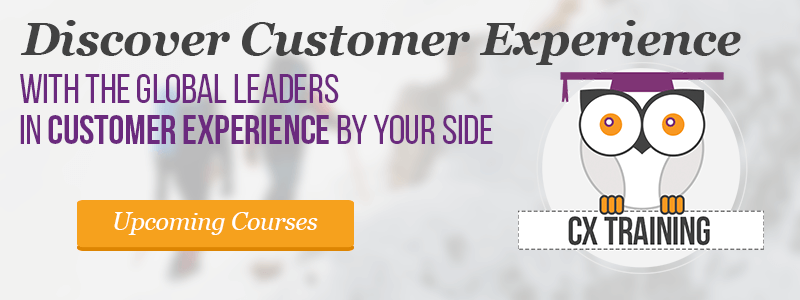Michael Lowenstein, Ph.D., CMC Thought Leadership Principal, Beyond Philosophy
Many b2b and b2c companies offer antiseptic, commoditized, vanilla experiences for customers. These are almost guaranteed not to be memorable, not to be talked about (unless neutrally or negatively), and not creating outside-in advocacy and value creation. Some, through culture, discipline, and purpose have succeeded in creating consistent, positive experiences which are appealing to customers and which customers consider worthy of passing along through informal conversation and recommendation.
Most brands and corporations get by on transactional approaches to customer relationships. These might include customer service speed, occasional price promotions, merchandising gimmicks, new product offerings, and the like. In most instances, the customers see no brand ‘personality’ or brand-to-brand differentiation, and their experience of the brand is one-dimensional, easily capable of replacement. Moreover, the customer has no personal investment in choosing, and staying with, one brand or supplier over another.
Beyond simply selling a product or service, these ‘experiential brands’ connect with their customers. They understand that delivering on the tangible and functional elements of value are just table stakes, but by identifying & leveraging the ‘hidden drivers’ and understanding the vital role the conscious and subconscious plays within the experience. The importance of knowing what it takes to evoke the best emotions from your customer experience and creating an emotionally-based relationship with customers are keys to leveraging loyalty, advocacy, and brand-bonding behavior. Colin Shaw’s newly launched eBook; ‘Unlocking the Hidden Customer Experience’ is an excellent resource to discover more on this subject.
These companies, and their employees, are also invariably quite disciplined and well-trained in the why’s and how’s of customer experience. Every aspect of a company’s offering – customer service, advertising, packaging, billing, products, etc. – are all thought out for consistency. They market, and create experiences, within the branded vision. IKEA might get away with selling super-expensive furniture, but they don’t. Starbucks might make more money selling Pepsi, but they don’t. Southwest Airlines could offer first-class seating, but they don’t. Every function delivering experience is ‘closed-loop’, maintaining balance between customer expectations and what is actually executed.
Exemplars of branded customer experience also understand that there is a ‘journey’ for customers in relationships with preferred companies. It begins with awareness, how the brand is introduced, i.e. the promise. Then, promise and created expectations must at least equal real-world touchpoint results (such as through service), initially and over time, with a minimum of disappointment. Finally, it requires that the brand’s image, its personality if you will, is sustained and reinforced. Advanced companies map and plan this out, recognizing that experiences are actually a form of branding architecture, brought to life through excellent engineering.
How do individuals and organizations achieve what we describe as a “natural” or obsessive state of customer-centricity where:
- Emotional and rational customer needs/expectations are well understood throughout the enterprise
- All employees have the responsibility of providing customer value
- Customer loyalty behavior is a paramount enterprise goal
- Optimal customer relationships are a key priority
- Personalized, seamless interactions are delivered across all channels
We believe, and have demonstrated for our clients, that focused instruction and certification in contemporary customer experience methods can go far in making employees and companies world-class. Our training programs, facilitated by leading authorities, include:
Foundation Customer Experience Management
- Core concepts of customer experience and experience management
- Seven key customer experience questions
- Often overlooked: the emotional and subconscious experience
- Concepts of customer experience psychology
- Setting the customer experience strategy and designing programs
- Becoming customer-centric: moving from naïve to natural, reactive to obsessive
- Customizing the techniques for your organization
Advanced Customer Experience Management
- Committing to customer experience: applying the concepts
- Building and running a customer experience program
- Employee engagement and ambassadorship: linking to customer behavior
- Customer advocacy and brand bonding measurement
- Behavioral economics and customer experience
- Customer perception and decision-making psychology
- Delivering the omni-channel experience
- Customer segmentation and micro-segmentation
- Putting the customer experience elements together
To learn more, here is the link to our array of available training programs, with details as to content, costs, and timing: https://beyondphilosophy.com/training-courses/ We invite your participation in these important and valuable certification courses.
Republished with permission from CustomerThink.com
| Michael Lowenstein provides strategic consulting, research design and in-depth, leading-edge analysis that helps clients deliver outstanding business results through deeper customer experience, communication, relationship, employee and brand equity insights. Beyond Philosophy provide consulting, specialised research & training from our Global Headquarters in Tampa, Florida, USA. |



